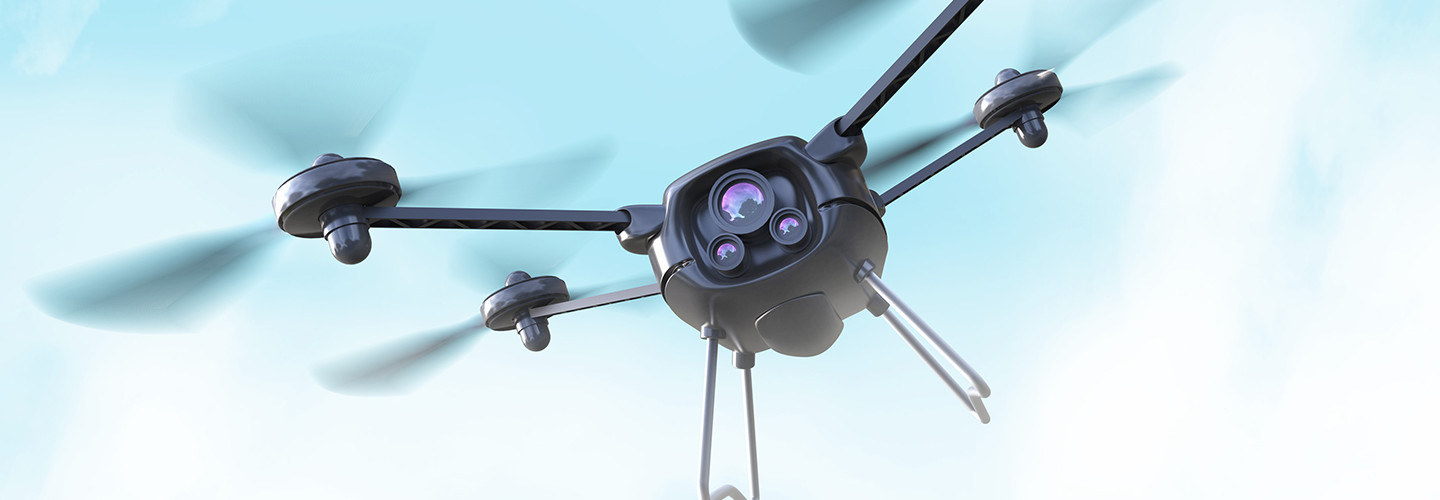Kansas’ New Drone Czar Signals a Notable Shift in State Technology Leadership
Once upon a time, the biggest thrill that a state government’s technology department could envision might be a software licensing audit or a significant reduction in power consumption at a data center. But today, state and local IT offices are tackling with eye-popping, emerging technologies, such as unmanned aircraft systems, or UASs — better known as drones.
Kansas, not always thought of or viewed as cutting edge in IT, is standing out from the crowd with the news that its department of transportation has appointed retired Air Force Lt. Col. Bob Brock as its very own “drone czar,” according to a report from the Kansas City Star.
Brock’s actual title — director of unmanned aircraft systems — may be a little less cool, but the 22-year veteran pilot’s work and oversight will provide the state with guidelines in setting rules for drones, according to the Star article.
“There is no question this is the right time to invest in a UAS position,” said Merrill Atwater, KDOT’s aviation director. “While the commercial and personal-use drone industry is still relatively new, we think it is more efficient for the state to establish guidelines in this early phase.”
Atwater added: “We will be looking at how to best position the state to ensure we have an environment that encourages business and economic growth in the aviation industry.”
While some might think it's too early to dedicate resources to regulating somethign as new as drone technology, the reality is that for Kansas — a state that is largely rural and full of precisely the wide-open spaces that are appealing to UAS enthusiasts — it’s better to be ahead of the curve than behind it. After all, there's no putting the genie back into the bottle once it’s out.
States Seek to Drive Drone Use
Kansas can lay claim to being among the first to designate a state-level czar whose sole focus is on drone technologies, but it is by far not the only state attempting to take advantage of what could be a major industry — or source of regulation headaches — for the state.
North Dakota, another state with vast areas of rural landscape, has also strived to be first in experimenting with drone technologies by launching a test site. The move was discussed at the federal level recently at a workshop in Washington, D.C. called “Workshop on Drones and the Future of Aviation,” reports the Grand Forks Herald.
The workshop, which was organized by the White House Office of Science and Technology Policy and the Association of Unmanned Vehicle Systems International, offered North Dakota and other agencies the opportunity to learn from each other.
“Recognizing the fact that North Dakota as a test site is helping to pave the way for regulations really solidifies the reason why it was important that we were there,” said Nicholas Flom, director of safety for the Northern Plains UAS Test Site.
In New York, the Empire state is eager to foster a growing drone industry. The state announced a $5 million investment in the sector, according to a report from The Rome Sentinel.
“Innovation is key to long-term, sustainable economic growth, and the UAS is an industry in its infancy and an emerging field with tremendous potential,” said Anthony J. Picente Jr., county executive for Oneida County, N.Y. in the Sentinel piece. “This support will not only grow the UAS (unmanned aerial system) industry, but will create jobs and economic opportunity across the region.”
In its guidance last year on how state CIOs should handle drones (technically called unmanned aviation systems), the National Association of State Chief Information Officers (NASCIO) advises IT leaders to focus on data management and security, among other things.
“With their enterprise view of technology acquisition, deployment and oversight, state CIOs are in a unique position to lead the governance of UAS,” states the association in its 2015 “Unmanned Aerial Systems, Governance and State CIOs: On the Radar” report. “CIOs must determine whether they will play an advisory role or an authoritative role, keeping in mind that agencies have no requirement to follow advisory recommendations. It is likely that even if the CIO doesn’t play a role in the governance of UAS, they will end up having to deal with the consequences of the lack of data governance, asset tracking or security controls.”








